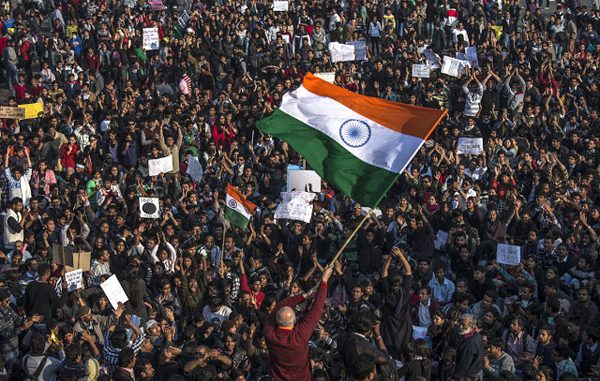
By N Venkatram
India is one of the youngest countries, with over 64% of its population in the working age group by 2020.
This young population would fuel productivity and GDP growth of 6.5-7%, putting India among the top three economies by 2030. However, this path to success is fraught with transformational challenges. The good news is that the transformational challenges have been identified.
First, over half the population is dependent on agriculture, which contributed to a mere 16% of GDP in 2016-17. Second, manufacturing growth persists in single digits, with potential disruptions on account of Industry 4.0 that is bringing emerging technologies like 3D printing and robotic process automation into the mainstream.
Third, geo-political shifts will potentially reshape global production networks and may depress exports. Fourth, the demographic dividend in itself poses challenges, with more than 10 million people entering the workforce each year.
So how does India turn these challenges into advantages? By building enablers for development. Studies show development and integration of physical and digital infrastructure play a key role in economic growth.
Connecting markets, till now fragmented, and enabling larger crosssections of the populace to participate in demand generation and consumption are essential.
Physical infrastructure has been improving. This week, Finance Minnister Arun Jaitley announced a massive increase in road infrastructure expenditure. These investments are substantially funded by GoI through project initiatives such as the Delhi-Mumbai Industrial Corridor, the East Coast Economic Corridor, Bharat Mala, the Smart Cities Mission, and the National Rurban Mission.
This echoes China’s late-80s push for publicly funded large-scale industrial (eg. Special Economic Zones) and supplementary infrastructure.
Private investment followed. Digital infrastructure is the other key enabler. India’s mobile phone subscriber base crossed 1.1billion on May 31. Tech platforms like Aadhaar and United Payments Interface, coupled with the increasing outreach of Jan Dhan accounts, bring the rural population into the formal economy.
Direct transfer of financial benefits stems leakages. Growing rural broadband will give a further fillip.
The future of work will also change. Construction is a key employment generator, absorbing the transitory workforce from the agriculture sector. Technology will lead to newer employment opportunities.
Telecom expansion and the Bharat-Net initiative have increased the need for qualified technicians and service personnel. Expansion of e-commerce and logistics companies to small towns creates new jobs.
Telecom, logistics and transportation would throw up large numbers of new jobs, as would healthcare and education . Technology is being used to connect specialist expert hubs at state capitals and urban centres with facilities at the district level and below, creating new employment opportunities.
Facilitating growth of these employment generating sectors through a multi-sector approach will assist development, similar to how IT/BPO were the first engines of growth across the services sector, two decades ago.
Other enablers such as policy and regulatory interventions, capital market reforms and skill development are also important. Within policy and regulations, improving ease of doing business through continued land and labour reforms, adopting single-window mechanisms for streamlining approval, compliance processes and judicial reforms would be key to success.
Adopting sector-specific regulations, the Real Estate Regulatory Authority Act (Rera) brings in higher accountability.
Continuous focus on skills development is a key to transformational success. New models such as the ‘dual system’ approach which combines apprenticeship with vocational training and use of technology-enabled platforms to match employment opportunities to job aspirants need to be strengthened.
DISCLAIMER : Views expressed above are the author’s own. The writer is CEO, Deloitte, India
Source: Times of India (blog)

Leave a Reply